University of Western Sydney Introduction to Epidemiology Assignment 1
VerifiedAdded on 2023/04/11
|6
|630
|213
Homework Assignment
AI Summary
This document presents a solved assignment for an Introduction to Epidemiology course at the University of Western Sydney. The assignment covers key epidemiological concepts, including calculating prevalence, incidence, and crude rates. It involves analyzing data to determine disease frequency and comparing rates between different populations. The solution addresses various study designs, such as cross-sectional and cohort studies, and explains their applications. Furthermore, it includes an analysis of a randomized controlled trial (RCT) and discusses its advantages. The assignment also explores factors related to health outcomes, such as respiratory symptoms and falls in the elderly. The solution provides detailed answers to each question, demonstrating the application of epidemiological principles and methodologies.
1 out of 6
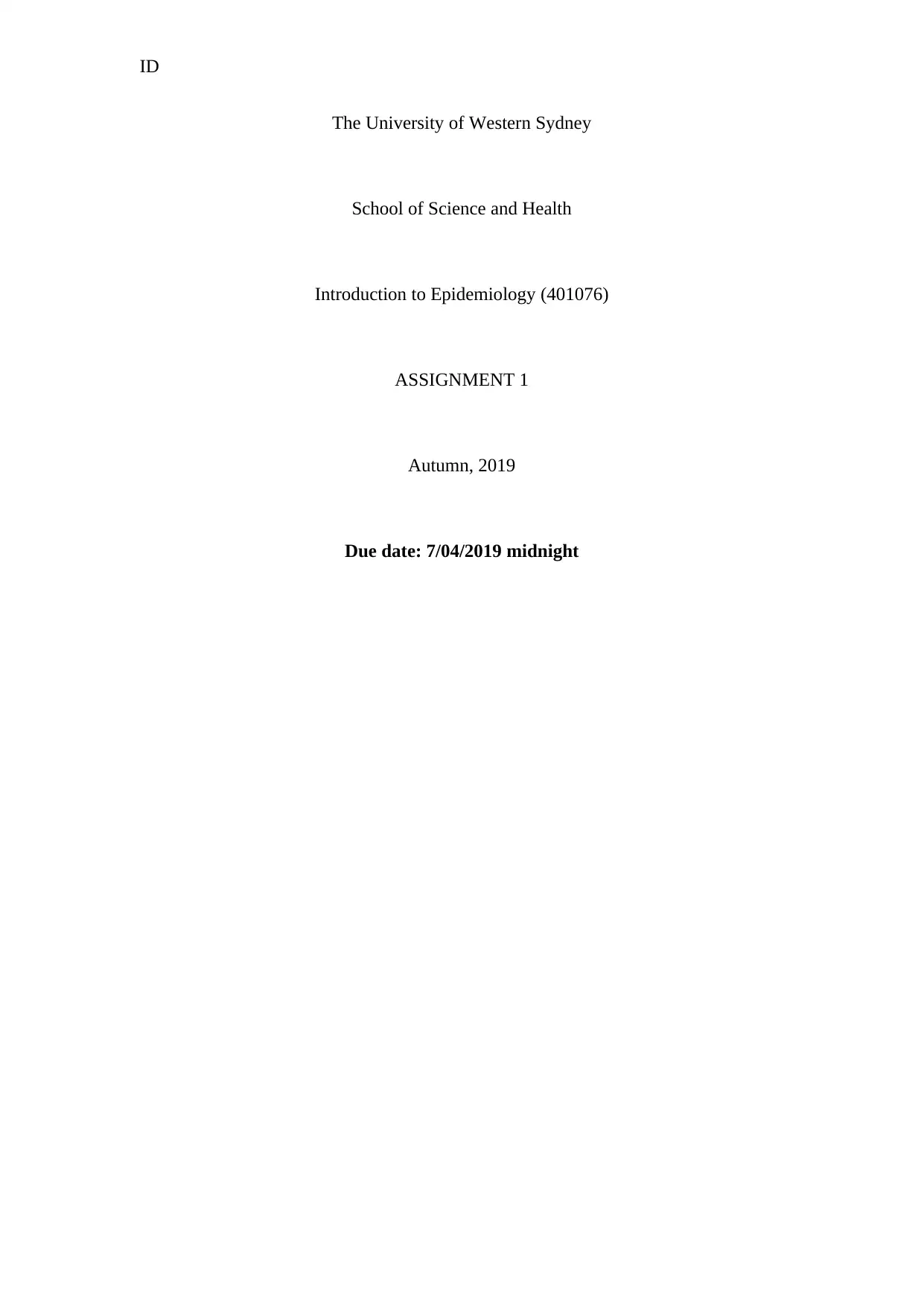
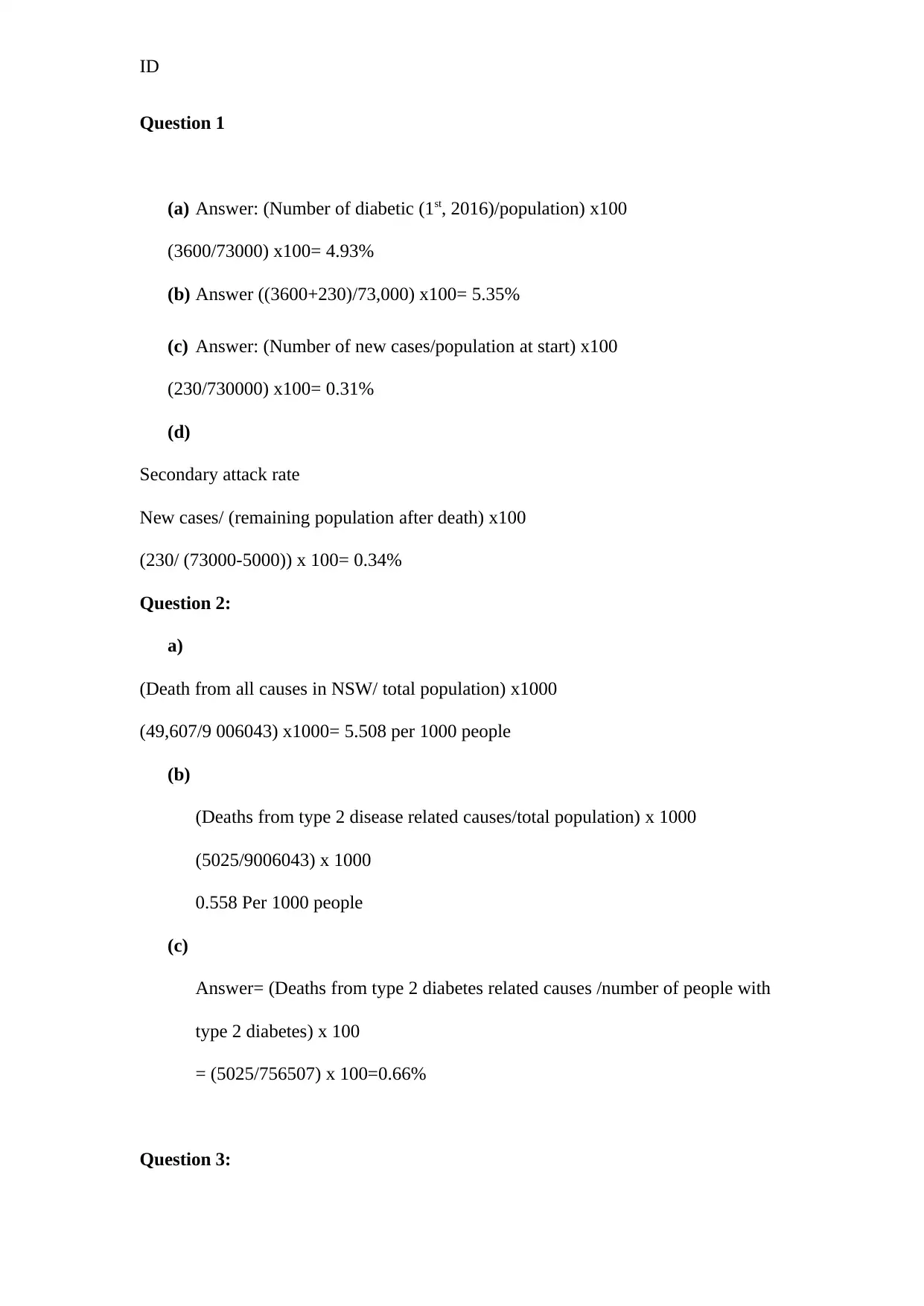
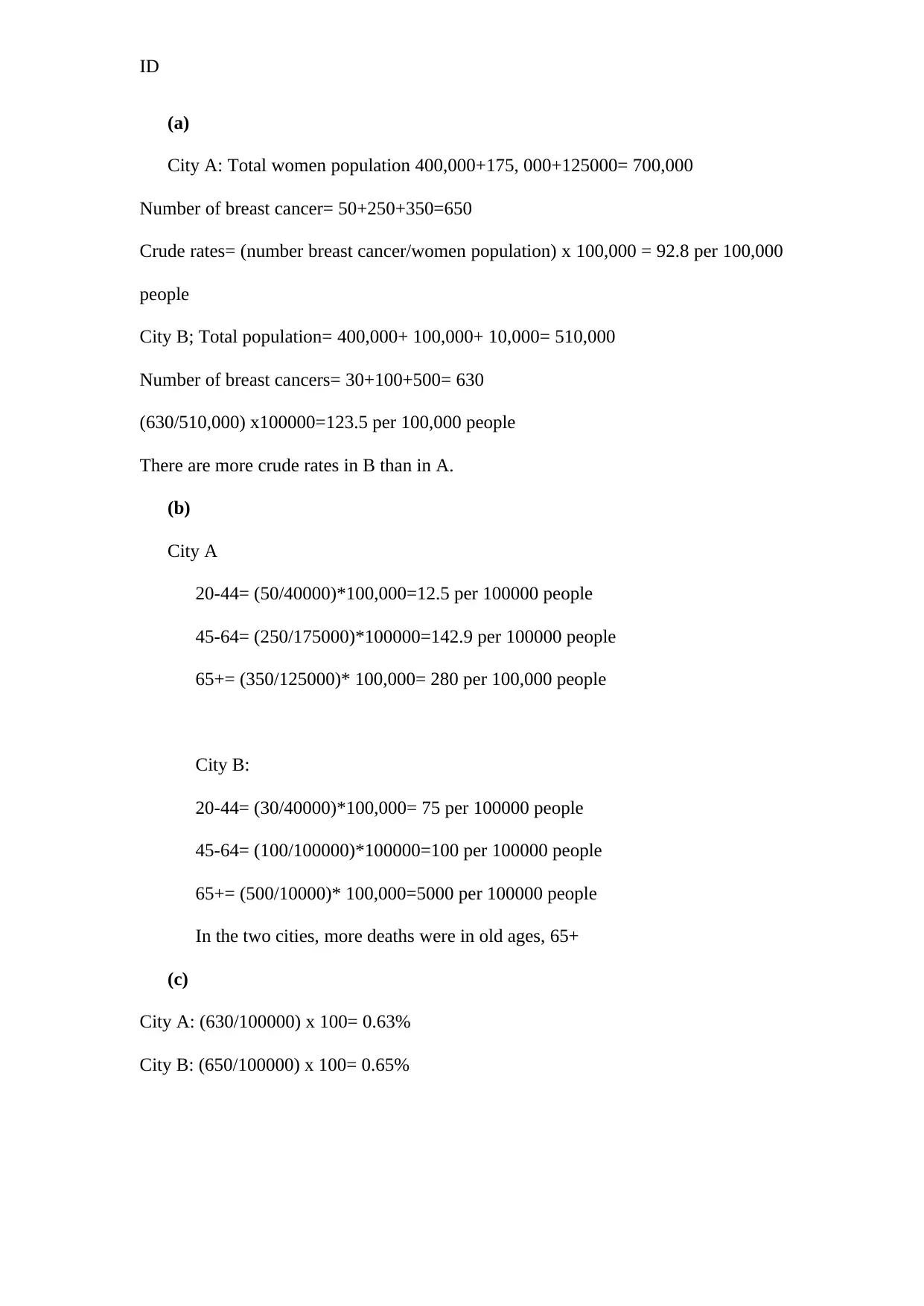

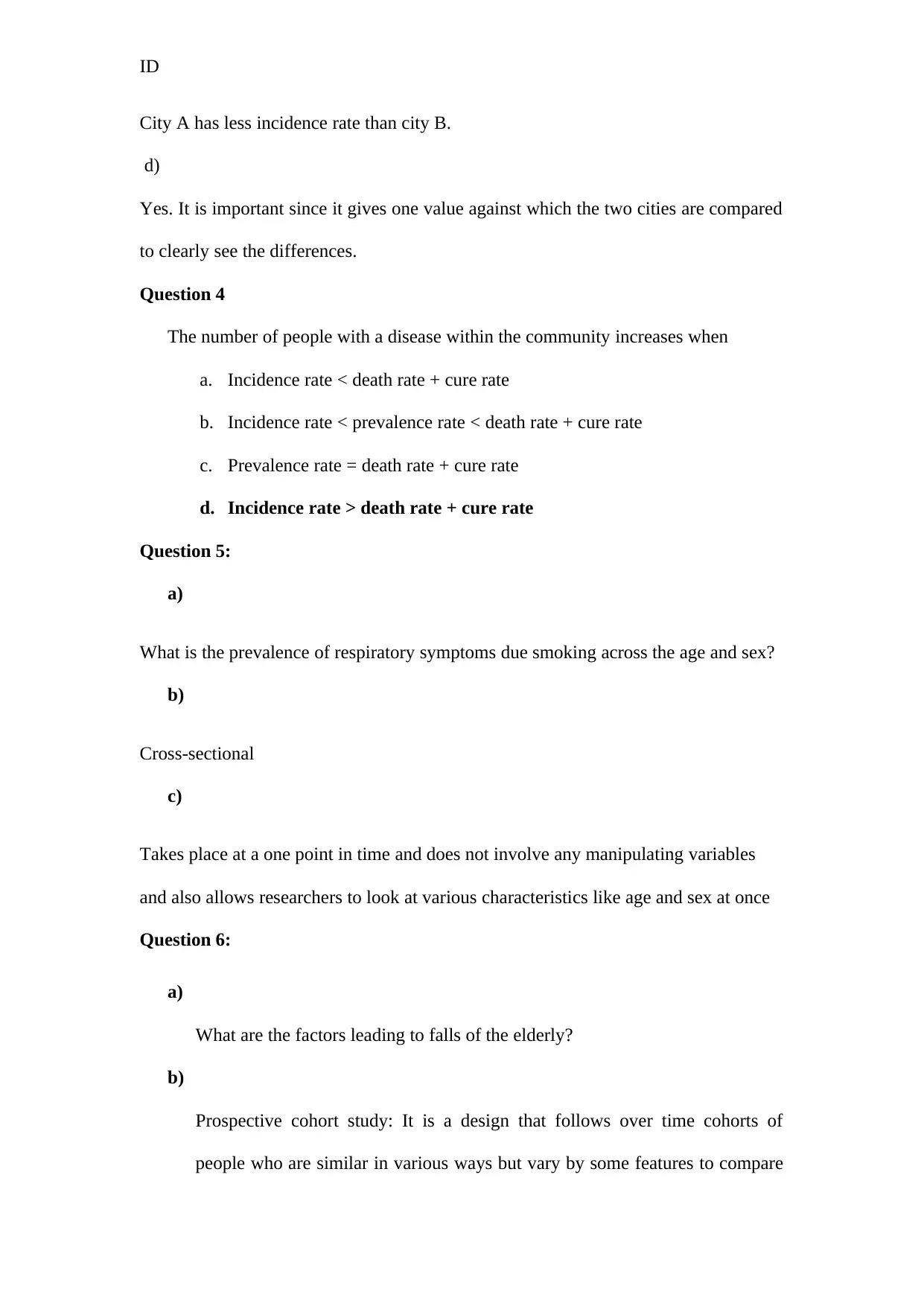
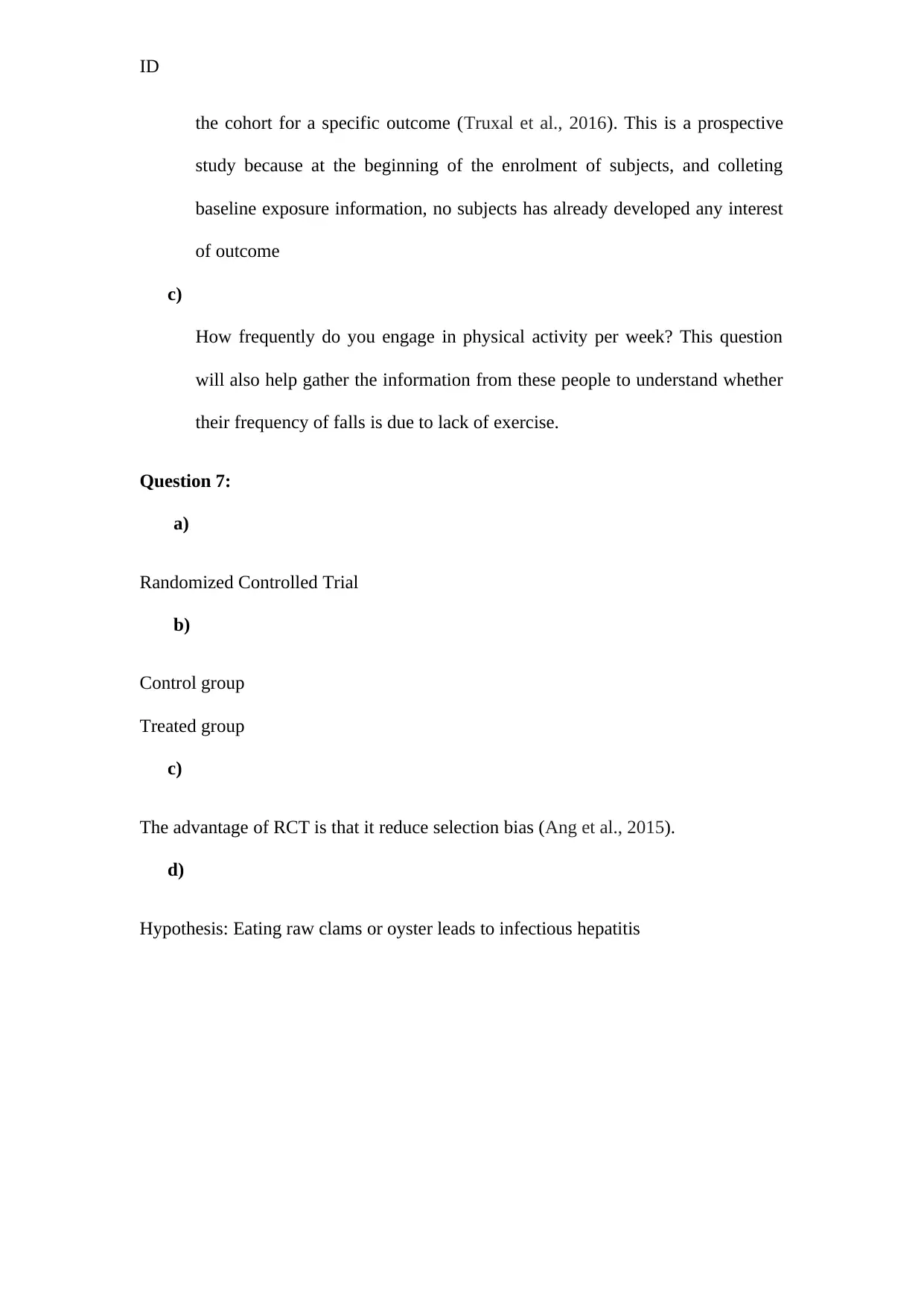
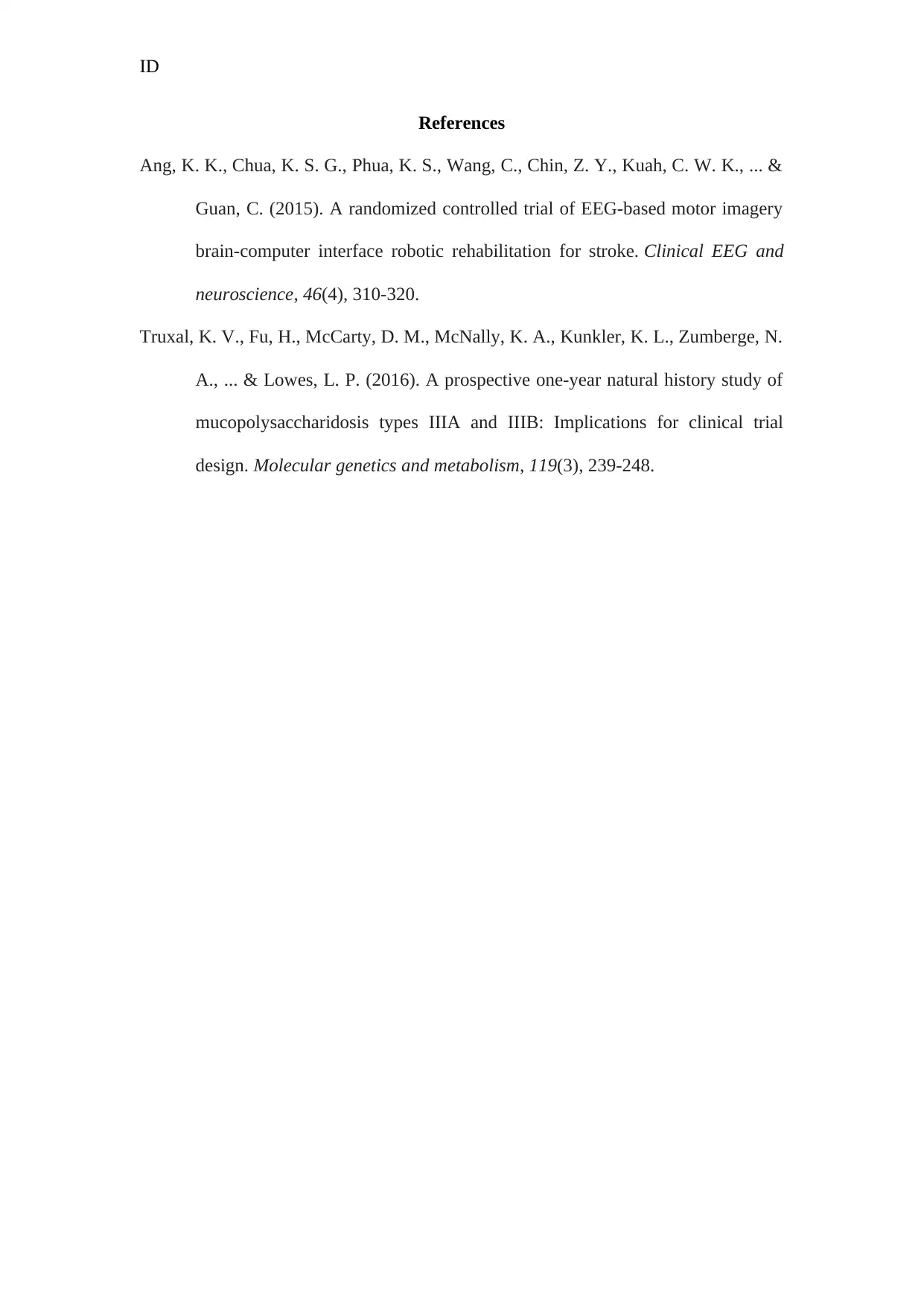






![[object Object]](/_next/static/media/star-bottom.7253800d.svg)